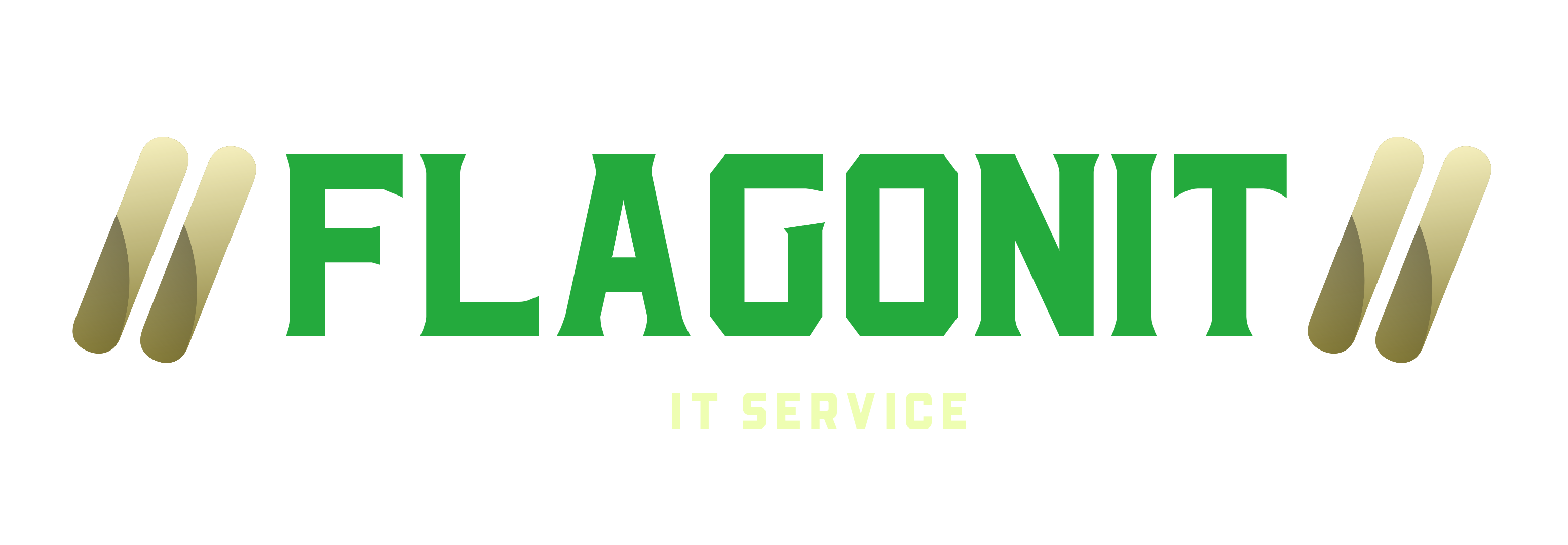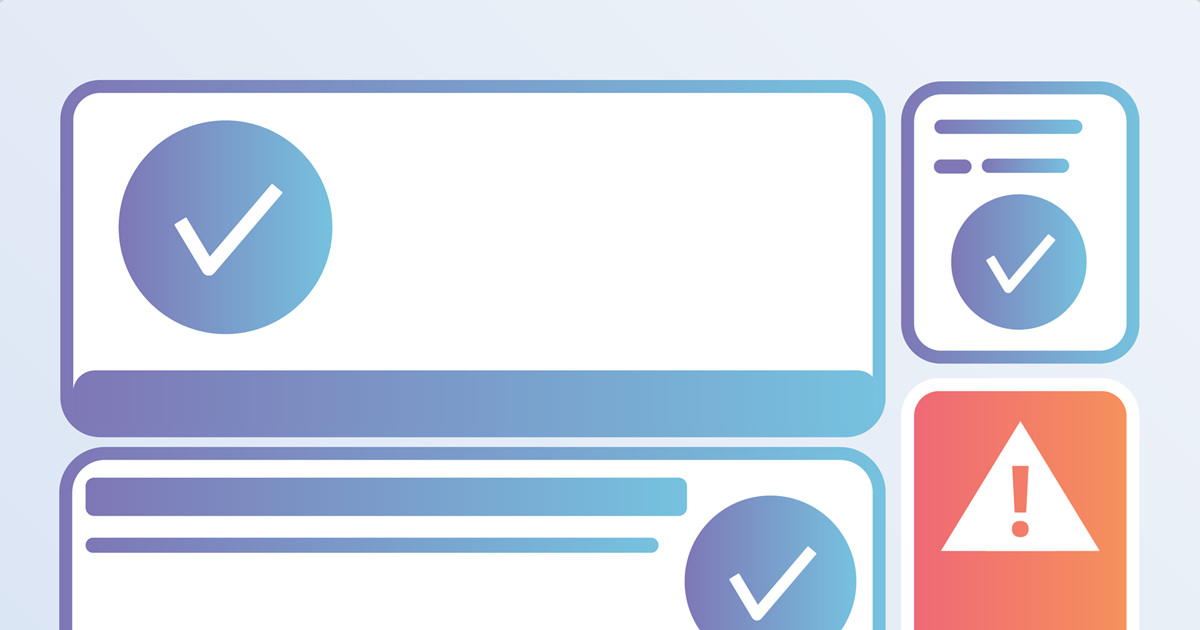Having an SSL certificate is now a need to for all sites. It’s not just a terrific method to make your site protect from dangers however likewise get a great SEO increase in return.
Nevertheless, handling the ssl and setting up certificate and configuring your site to HTTPS is a procedure that typically includes lots of concerns and mistakes. Among the typical problems is the “insecure material” or “combined material” mistake.
This is among the most aggravating concerns that you’ll come across due to the fact that it makes visitors think that your site hosts hazardous or harmful material by revealing them a caution that basically frightens them away. As a result, they might never ever visit your site once again.
To prevent this error from impacting your service and traffic, it’s incredibly crucial that you repair the mistake as quickly as you found it. In this guide, we’ll reveal you how to repair the combined material mistake utilizing a basic totally free plugin. Keep checking out to see how it works.
What Is Mixed Content Error?
When there’s a problem with your site’s HTTPS setup, the blended material (or insecure material) error frequently take place.
For instance, when you have your site set up for HTTPS however your images and other media links loads over the old HTTP, internet browsers see it as hazardous and suspicious activity and provides a blended material alerting to advise individuals that some links on the website could be hazardous.
When the error takes place, internet browsers like Chrome and Firefox will reveal a caution message beside the HTTPS lock specifying that the website hosts insecure material. Other than they will see an indication beside HTTPS instead of the protected lock sign.
In some circumstances, the internet browser will reach to obstruct scripts or a page if it presumes the insecure material can be hazardous to users. Particularly when a site usage HTTPS and loads code such as JavaScript in HTTP, web browsers see it as destructive material and obstructs the scripts from filling. Often, it will even obstruct a page by revealing a frightening caution page to users.
How It Can Break Your Website
In the majority of circumstances, the blended material error will not do much damage to your site. Your post and pages will continue to load and the site will operate as regular. Nevertheless, keeping your site in this condition might break your site and your organization.
Seeing a caution message beside a site is absolutely a warning. Think of going to a site to purchase something and seeing a combined material caution. Would you feel safe sharing your charge card details with such a site? Obviously not!
Often, the error can likewise tinker your site style and material. For instance, if Chrome obstructs a crucial JavaScript script from filling, your site style will not be shown properly to your site visitors. Or essential media such as images and video will not be revealed to users.
How To Fix Insecure Content Error
You would have to go through a lot of work to by hand repair each and every blended material error if you have an old-school HTML site. Fortunately, there’s a plugin that let WordPress repair the mistakes quickly.
Appropriately called SSL Insecure Content Fixer plugin is made particularly for repairing blended content mistakes. Here’s how it works.
Step 1: Install SSL Insecure Content Fixer
Get started by first installing the plugin on your website.
Login to your WordPress admin dashboard and go to Plugins >> Add New. Then search for the SSL Insecure Content Fixer plugin.
Now click Install and then Activate.
Step 2: Select Which Content To Fix
Once installed, go to Settings >> SSL Insecure Content Fixer plugin tab to enable the plugin. Here you can also choose which content needs fixing.
The plugin offers 5 different configurations for fixing errors:
- Simple: If you’re a complete beginner, this method is recommended to try before everything else. It performs a simple run that fixes the most common mixed content errors.
- Content: This option does content and text widget fixing in addition to everything the Simple option does. Try this option if the first option doesn’t fix the errors.
- Widgets: This option fixes all the errors in the above options and also make sure that errors related to WordPress widgets are fixed as well.
- Capture: This option will fix all links on a page from header to footer. If the errors are related to scripts, this option will fix it. However, it may affect website performance so do it during off-peak times.
- Capture All: This option fixes everything. Only use it if all the other options fail.
Step 3: Activate The Plugin
To activate, simply select an option and scroll all the way down to select an HTTPS Detection option.
If you’re using a CDN service like CloudFlare or KeyCDN, select the option related to the CDN. Otherwise, leave it at the default “standard WordPress function”.
Click on the Save Changes button and the plugin will do its magic.

